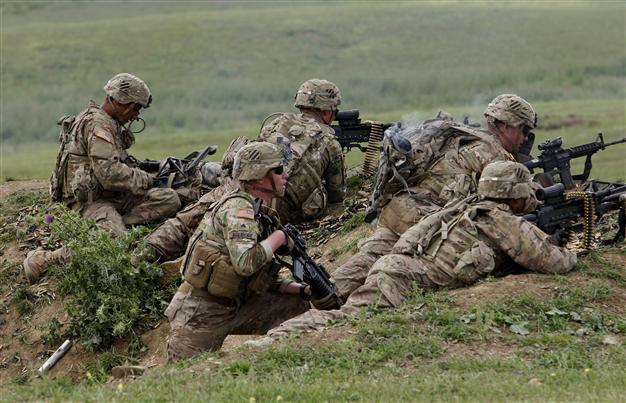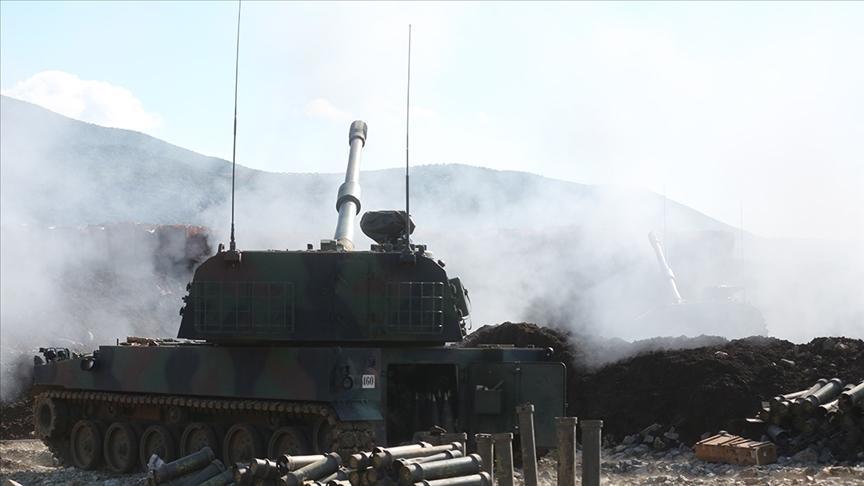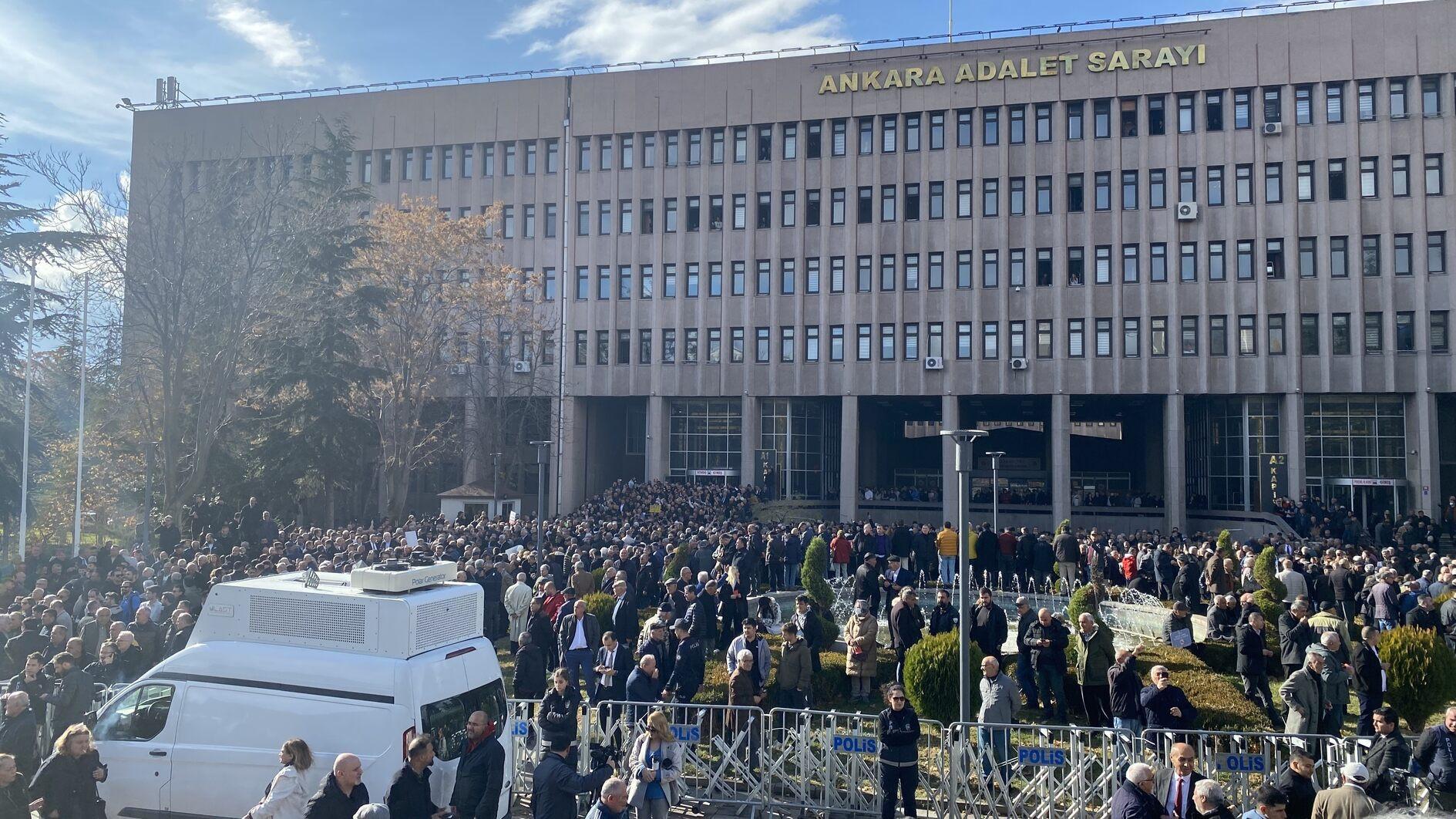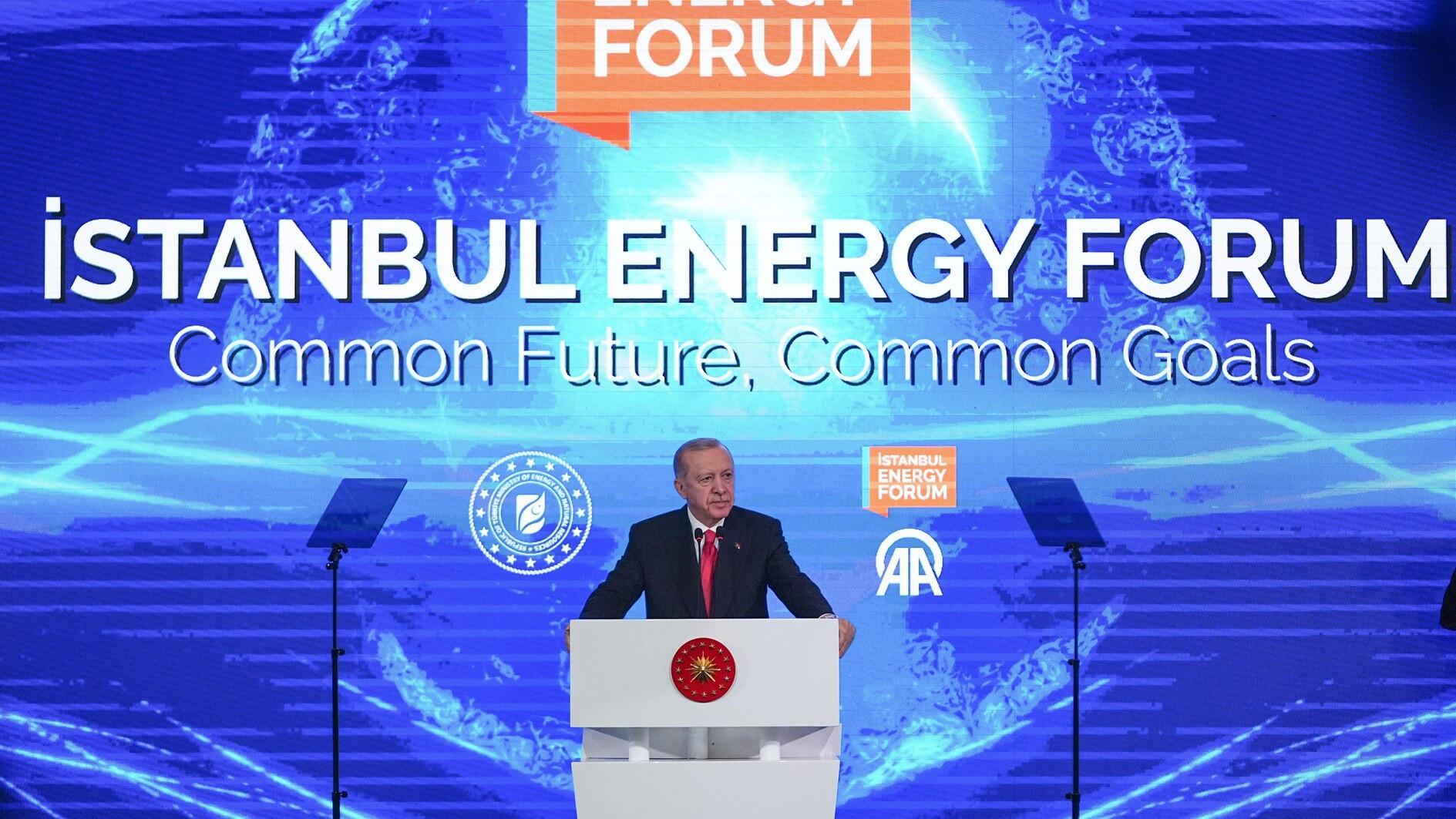NATO head says alliance to more than double size of rapid response force
BRUSSELS - Agence France-Presse

US and Georgian servicemen take part in the joint US-Georgia military exercise at the Vaziani base outside the Georgian capital, Tbilisi, Georgia, Thursday, May 21, 2015. About 600 U.S. and Georgian troops are conducting joint exercises aimed at training the armed forces of the former Soviet republic for participation in the NATO Response Force. AP Photo
NATO head Jens Stoltenberg said June 22 the alliance will approve plans this week to more than double the size of its rapid response force, having already created a special spearhead unit in the fallout from the Ukraine crisis."NATO defence ministers ... (will) take a decision to further increase the strength and capacity of the NATO Response Force to 30,000 to 40,000 troops, more than double its current size," Stoltenberg said ahead of a meeting on June 24 and 25 in Brussels.
The US-led alliance set up what is known as the NATO Response Force in 2002, based on some 13,000 troops able to get to crisis hotspots much faster than its main forces.
But the Ukraine crisis and Russian intervention in support of pro-Moscow rebels showed that the NRF might not be able to move fast enough in a vastly changed security environment, Stoltenberg said.
Accordingly, in September, NATO leaders set up what is known as an NRF spearhead unit of some 5,000 troops able to deploy within days, not months.
Stoltenberg said the alliance was making steady progress on beefing up what is known as the Very High Readiness Joint Task Force with a full complement of resources.
He also said NATO would "speed up our decision-making process" to meet the new challenges, including setting up a new logistics headquarters unit within the overall command structure.
As a result, the NATO supreme commander would get "more responsibility on deployment" so the 28-member alliance could respond more quickly, he said.
Political controls over the military, he added, would not be compromised.
"These are important decisions, part of NATO's adaptation to a new security environment," he said, adding that the allies would also have to meet commitments made at the September summit to increase defence spending to the equivalent of 2.0 percent of annual economic output.
US Secretary of Defense Ashton Carter is due to attend his first NATO defence ministers meeting as Washington promises to do more to reassure its allies, especially those in eastern Europe once ruled from Moscow.
The US government is considering pre-positioning heavy equipment in the eastern Europe.
"If we're going to increase the resilience of the alliance and particularly of allies at the edges of alliance territory... this is an important thing to do," Carter said Monday in Berlin.
















